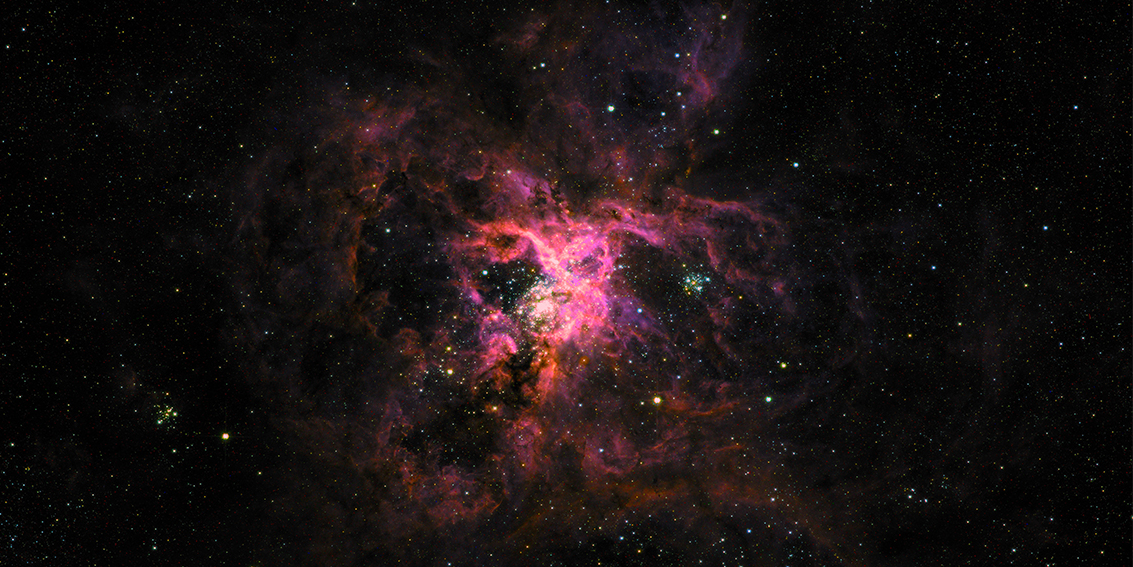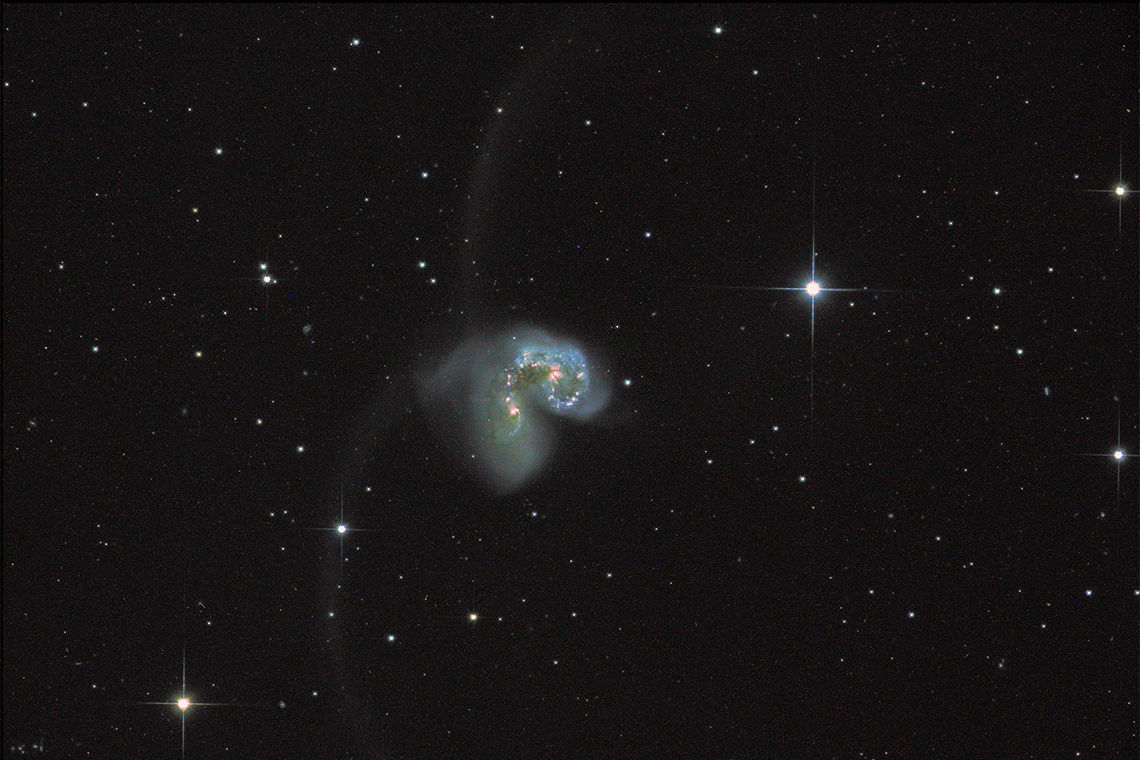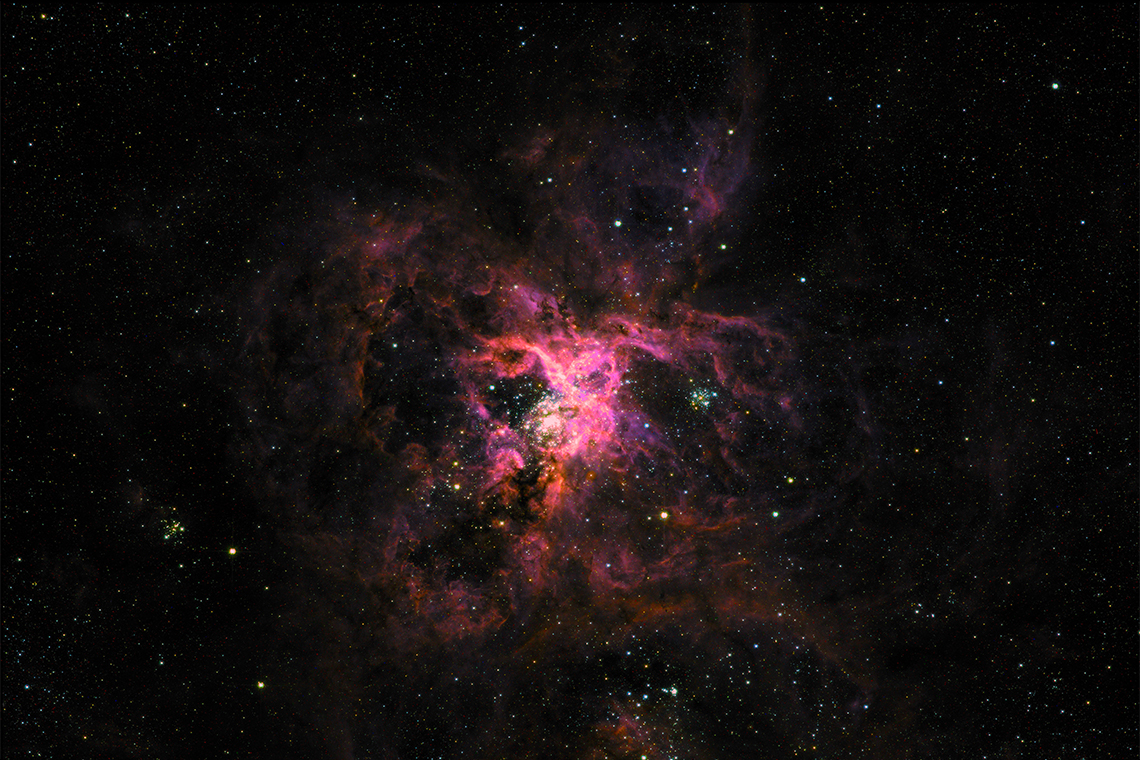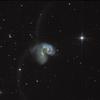Scientists release first images taken by SuperBIT - unique telescope captures galaxy collision and the Tarantula Nebula

The first photos taken by the Super Pressure Balloon-Borne Imaging Telescope (SuperBIT) have been published on the University of Toronto website. It was able to capture the Tarantula Nebula and the collision of two galaxies.
Here's What We Know
The Tarantula Nebula is located in the Large Magellanic Cloud, 179 000 light-years from Earth. The main element is ionised hydrogen. The colliding galaxies NGC 4039 and NGC 4038 were also caught in the SuperBIT lens.




What makes the telescope unique is that it is not located in space, but rather in the stratosphere at an altitude of 33.5 km above the surface of our planet. SuperBIT uses helium as a propellant, and a parachute system is provided for its return to Earth.
Experts from the University of Toronto, Princeton University, Durham University and the National Aeronautics and Space Administration (NASA) were involved in the development of the telescope. Final tests took place in 2019. The cost of the instrument is $5 million. Engineers have already received funding to upgrade the instrument.

The stratospheric telescope was launched from New Zealand using a huge stratostat. It began operation last week and will take more pictures of the universe as it travels around our planet's southern hemisphere, weather conditions permitting. SuperBIT operates at night and charges solar batteries during the day.
Scientists intend to use the new telescope to measure gravitational lensing and hope to understand the nature of dark matter. SuperBIT may be able to find out whether dark matter particles are able to repel each other. The telescope will be able to map clusters of dark matter by detecting the bending of light rays.
Source: University of Toronto